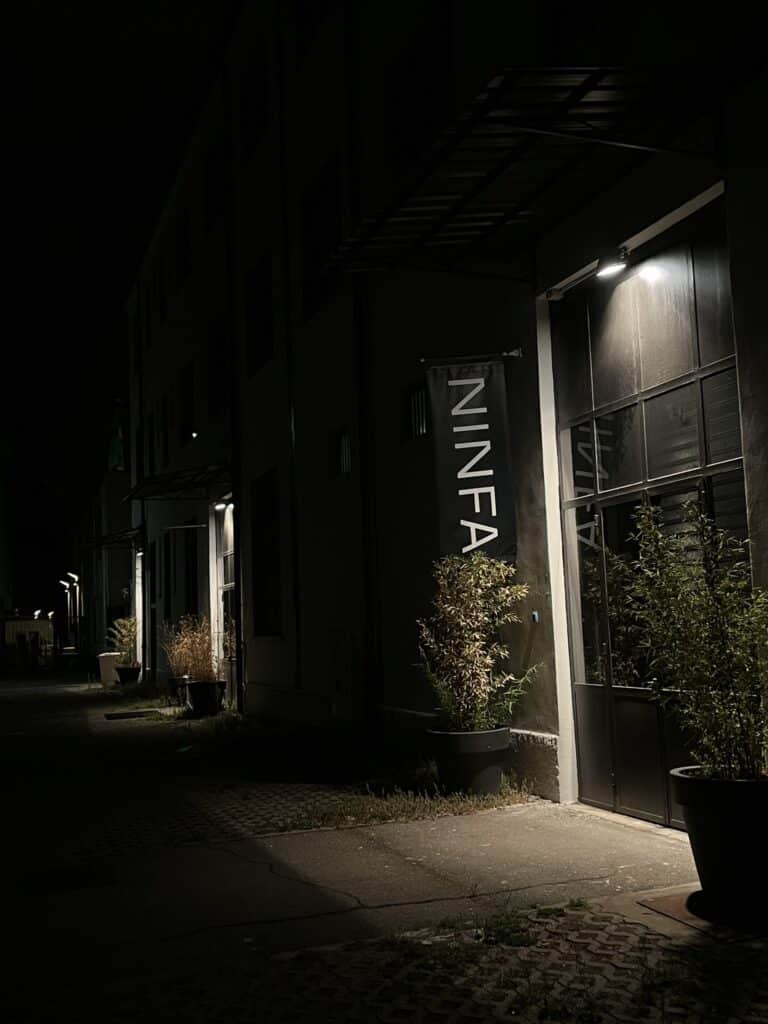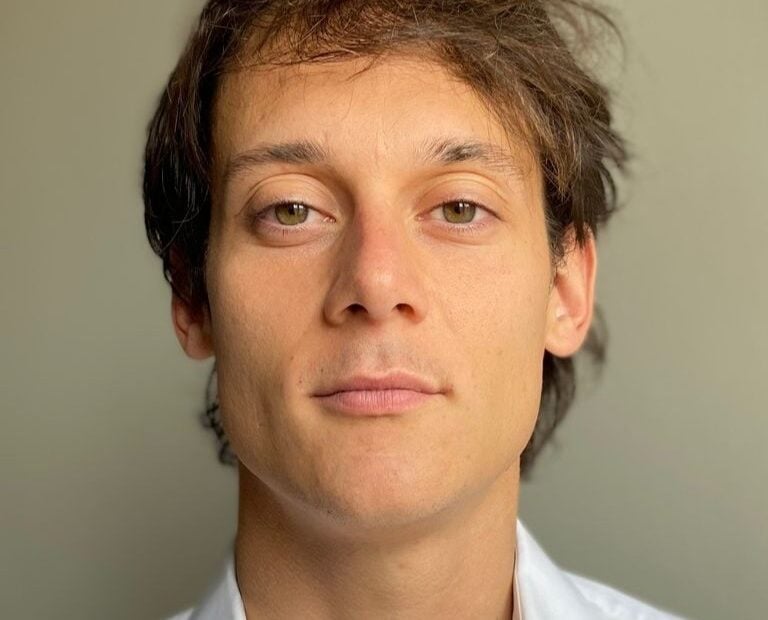In this interview, Brando Bonaretti, CEO of Ninfa, gives his view on the current state of NFTs and explains how he thinks NFTs will develop in the near future.
Jonas Kasper Jensen (JKJ): Can you tell me what kind of NFT platform Ninfa is and how you distinguish Ninfa from other NFT platforms?
Brando Bonaretti (BB): Ninfa is a curated multi-category NFT platform or Metaverse retailer.
Curated in the sense that artists need to be approved before being able to join our marketplace and mint their pieces. However, we feel that the current platform’s curation style is not objective enough. We have asked ourselves: How can a marketplace rely only on its internal team of curators to select artists? How can it be sure to find all the hidden talent in the ecosystem? How can it ensure fairness regarding talents’ geographical, gender and art genre distribution? It can’t. This is why Ninfa adopted the first expertise-based collaborative approach to curation. Curators and Art Galleries, Design Studios and Brands have a dedicated user type which can onboard artists on the platform as we do with independent artists. These user types can also manage their artists’ artworks, create exhibitions, sell pieces, and earn their shares from sales.
Ninfa is multi-category because we feel that individuals will need a platform covering many different needs including but not limited to art, e.g. digital fashion, avatars, and design objects. That is why our vision is “Expanding Identities Beyond Physical Boundaries”.
JKJ: What do you mean by your vision, “Expanding Identities Beyond Physical Boundaries.”?
BB: The world is becoming more and more digital as we speak. Especially after the covid pandemic, many human interactions and basic human activities are conducted entirely digitally or somehow impacted/enhanced by digital technologies. This is the metaverse to me, not necessarily a Virtual World, but the constant and permanent presence of digital means in our life. In this context, it is evident that our digital selves are getting more and more important. But digital avatars, especially before NFTs, tend to be standardised accounts rather than personalities. Thus, individuals will feel the need to define their digital persona further and transmit all their tastes, preferences and habits to their digital equivalents. How? There is no better way to express ourselves than collecting: items, artworks, collectables, PFPs or acquiring digital fashion items and metaverse objects/lands to personalise our digital life further.
JKJ: When did the Ninfa platform launch?
BB: Officially mid-April 2022, we had a small alpha version running from January to April 2022 open to those willing to try the platform and give feedback to the team.
JKJ: Did you experience a change in the behaviour of the platform’s users since its launch and today?
BB: Even if only a few months have passed since we launched, the market has changed significantly. I see that collectors are more inclined to diversify, acquiring many smaller pieces rather than going for a single big purchase. On the other hand, artists are experimenting more with new techniques and mechanisms, e.g. AI Art, Editions, Collabs, Pepes, which is incredibly good for the whole ecosystem. Another interesting trend is artists becoming more and more collectors, leading to less speculation and better industry foundations. Lastly, I think physical connections are becoming more meaningful. Collectors want to meet artists, and artists want to know collectors. We are also opening a physical space for exhibitions and NFT retail in Milan, Italy in the coming months.

JKJ: What has led to this change, and how do you see the crypto art market developing since you launched?
BB: I think it is a mix of market maturity, macro events, and crypto market cycle/seasonality.
Physical interactions are becoming common again after the covid pandemic, where we couldn’t meet, even if we wanted, and the establishment of a more “mature” market, where physical and human interactions are needed to make things happen. At the same time, the declining crypto market capitalisation in the last months impacted how people spend money and overall market liquidity. Not to mention general global uncertainty and current macroeconomic condition. But in crypto, it has always been an alternation between bull and bear periods, and bear markets are the perfect moment to build and create.
JKJ: NFTs are a relatively new technology, and many use cases for NFTs are still to be explored. What do you think NFTs will bring about from a fine art perspective in the near future? What will Ninfa do to bring about these changes and use cases?
BB: With fine art, I think we have three things to consider: NFTs for the digital fine art industry, NFTs for the physical fine art industry, and NFTs for the Artists and Collectors community which is a cross topic.
In the first case, I think that NFTs are an incredible enabler for digital art to become a collectively recognised established branch of contemporary art. I don’t like to use the terms crypto-art or NFT-art. We are all referring to contemporary art represented via digital means. NFTs and Crypto tokens are just a way to prove authenticity/ownership of those pieces of art, as well as granting royalties to their creator, adding more liquidity to the market and making it more inclusive.
In the second case, I think NFTs could be used more frequently to track and ensure a more transparent physical art market and maybe recognise royalties on the physical side of the market.
Lastly, and what I’m most passionate about, is the evolution of the relationship between the artist and its collectors. With the need to become a collector community manager and not only a creator. But this is incredibly fascinating, and, to me, is where royalties play a role. Royalties are switching the attention of artists from a short-term focus on primary sales to a long-termed focus on secondary sales. In this ecosystem, artists are earning 100x on royalties that they earned from primary sales. Thus keeping constant attention and a thriving community of collectors is key. This doesn’t necessarily mean answering the “Where is my utility?” question but means being open and frequently interacting with current or potential collectors of already existing pieces. Here also, many innovations will play a role: editions, fractionalisation, and whitelisted airdrops.
At Ninfa, we aim to become a single point of reference for collectors, i.e. you find many curated pieces over different verticals, find all you are looking for, and for artists, i.e. a complete suite for creating NFTs, whether unique or editions, to manage and sell them via many different mechanisms, and also manage your collector community End to End.
JKJ: It seems like the interest in NFTs is not as high today as it was a year ago. Why do you think that is?
BB: I think it is just a matter of distinguishing between interest and average prices/valuations, the two are frequently correlated but not necessarily. Overall, interest in the NFT ecosystem as an enabler for digital ownership and a decentralised future is growing day by day. Just look at the number of established brands and firms entering the space, the number of coding commitments happening every day to NFT-related protocols or the number of artists joining the space. On the other end, prices depend on the intrinsic speculation that characterises the crypto token ecosystem, whether fungible or not. Those are declining, not the real long-term builders’ interest. But this is also caused by the global recession and general uncertainty.
JKJ: Do you have any advice for artists and collectors on how to thrive in the space?
BB: Keep building, creating and collecting. During the 2018-2019 bear market, NFTs weren’t a thing yet, but look at where Crypto Punks or 1:1 artworks are now. I would suggest keeping doing what they did when BTC was at $67K and ETH at $4k, focusing on building communities, strengthening real and meaningful connections, creating more art, fostering collaboration across the space, and collecting amazing pieces. Also, of course, try new things, such as ninfa.io ;).
Read other stories: Six Ukrainian fashion brands to exhibit at the virtual Ukrainian Pavilion during Paris+ par Art Basel





